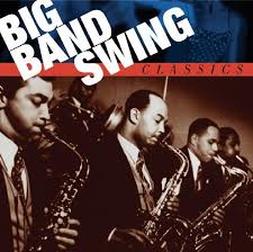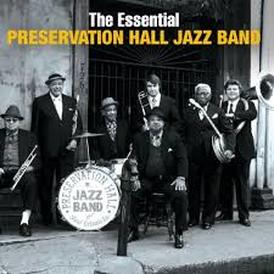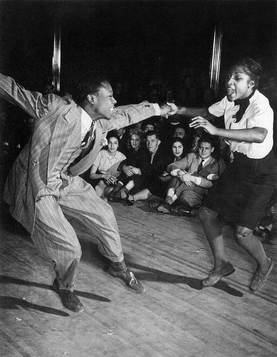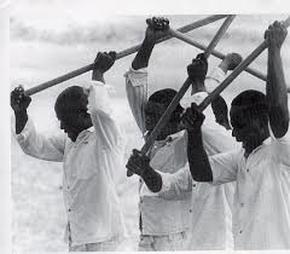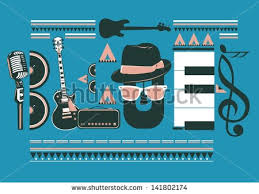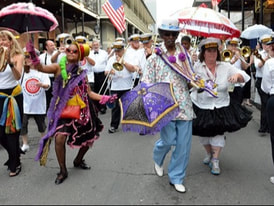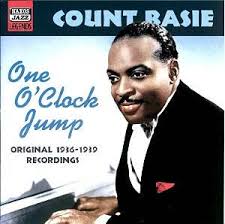
♬ LISTEN & WATCH!: Count Basie
One O'Clock Jump--1937
www.youtube.com/watch?v=0HHE39sXiiQ
William "Count" Basie cut his big-band teeth in Kansas City playing with Benny Moten's "stomp" band. (Moten, in turn, had gotten his initial sound from the New Orleanians, particularly Joe "King" Oliver.) After Moten passed, Basie put together his own band using several Moten players--including the bassist Walter Page, the drummer Jo Jones, and the guitarist Freddie Green--who together created a signature pulse that became a backbone of American swing rhythm.
One O'Clock Jump--1937
www.youtube.com/watch?v=0HHE39sXiiQ
William "Count" Basie cut his big-band teeth in Kansas City playing with Benny Moten's "stomp" band. (Moten, in turn, had gotten his initial sound from the New Orleanians, particularly Joe "King" Oliver.) After Moten passed, Basie put together his own band using several Moten players--including the bassist Walter Page, the drummer Jo Jones, and the guitarist Freddie Green--who together created a signature pulse that became a backbone of American swing rhythm.
